
Juglans cinerea - Plant
(MRP Inclusive of all taxes)
- Shipping ₹79 for entire order
- Dispatch in 7 days
- Country of origin: India

(MRP Inclusive of all taxes)
 Save 29%
Save 29%
Air Purifier Money Plant with Pot The Air Purifier Money Plant, also known as Pothos or Epipremnum aureum, is a stunning indoor plant that...
View full details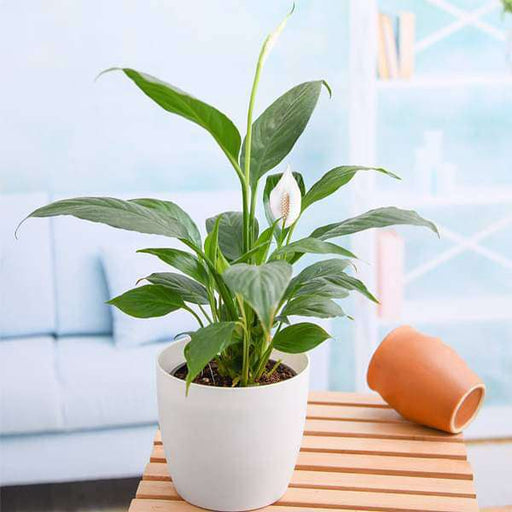
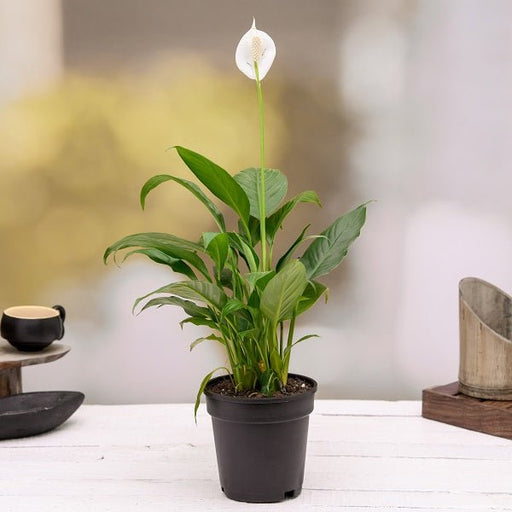 Save up to 15%
Save up to 15%
Peace Lily, Spathiphyllum - Plant The Peace Lily, scientifically known as Spathiphyllum, is a stunning houseplant celebrated for its elegant white...
View full details
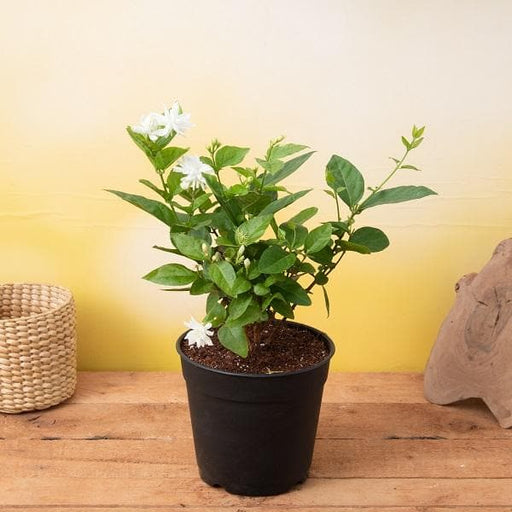 Save 25%
Save 25%
Jasminum sambac, Mogra, Arabian Jasmine - Plant Jasminum sambac, commonly known as Mogra or Arabian Jasmine, is a fragrant flowering plant...
View full details
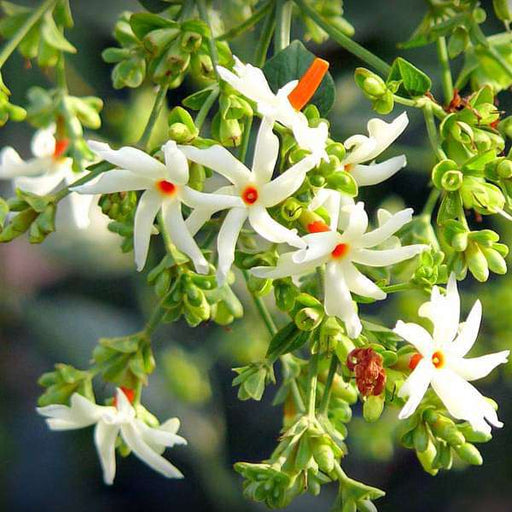 Save 18%
Save 18%
Combo Constituents Includes the Parijat Tree (Night-Flowering Jasmine), a culturally significant plant with fragrant flowers. Description The Pari...
View full details
 Save 25%
Save 25%
Miniature Rose, Button Rose (Any Color) - Plant The Miniature Rose, also known as the Button Rose, is a charming and compact flowering plant that ...
View full details Save 25%
Save 25%
Damascus Rose, Scented Rose (Any Color) - Plant The Damascus Rose, also known as Rosa damascena, is a timeless symbol of beauty and romanc...
View full details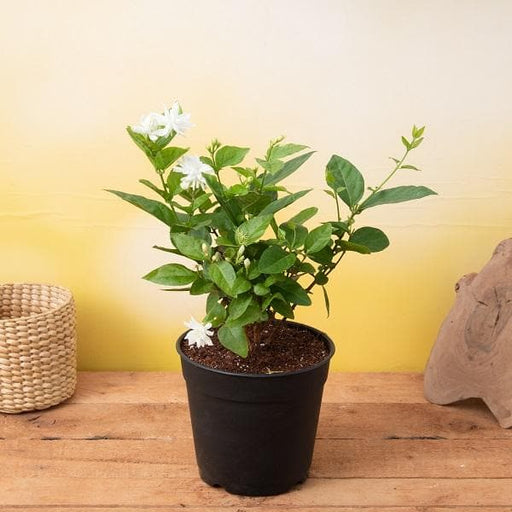
 Save 17%
Save 17%
Beautiful Fragrant Mogra, Arabian Jasmine Plant with Pot The Beautiful Fragrant Mogra, also known as Arabian Jasmine (Jasminum sambac), is...
View full details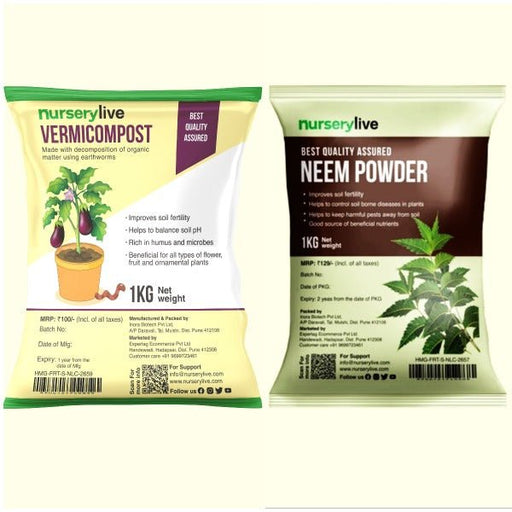 Save 15%
Save 15%
Pack of Vermicompost and Neem Cake for House Plants Transform your indoor garden with our premium Pack of Vermicompost and Neem Cake, spec...
View full details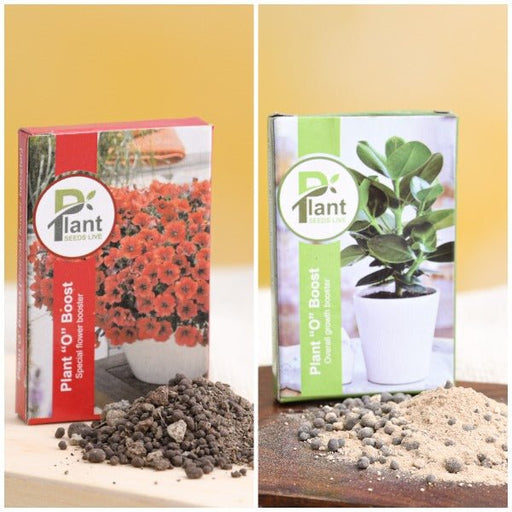
Pack of Plant Growth and Flower Boosters Unlock the full potential of your garden with our Pack of Plant Growth and Flower Boosters! This ...
View full details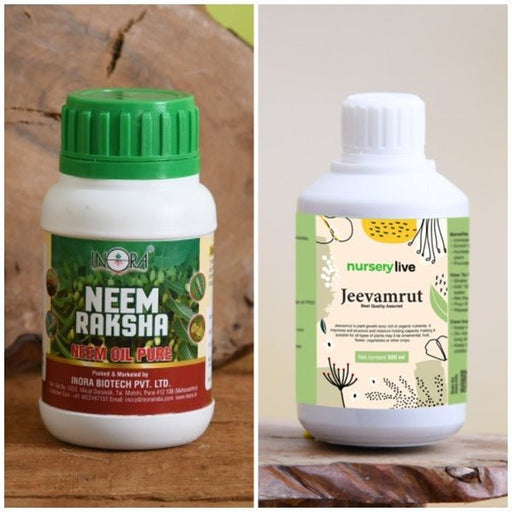 Save 38%
Save 38%
Combo of Jeevamrut and Neem Raksha for Easy Growth and Protection of Houseplants Transform your indoor garden with our exclusive combo of ...
View full details Save 22%
Save 22%
Plant Nutrients Kit (Pack of 16) for a Healthy Garden Transform your garden into a lush paradise with our Plant Nutrients Kit, featuring 1...
View full details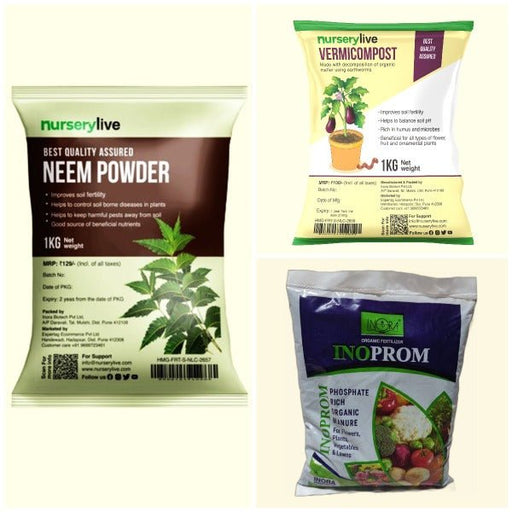 Save 16%
Save 16%
Combo of Top Plant Fertilizers Elevate your gardening game with our exclusive Combo of Top Plant Fertilizers, featuring two bags of premiu...
View full details Save 24%
Save 24%
Pack of 4 Additives to Make Soil Healthy and Nutrient Rich Transform your garden into a thriving ecosystem with our Pack of 4 Additives de...
View full details Save 30%
Save 30%
Transform your gardening experience with our premium Combo of Perlite and Vermiculite. This unique blend is designed to enhance soil aeration and ...
View full details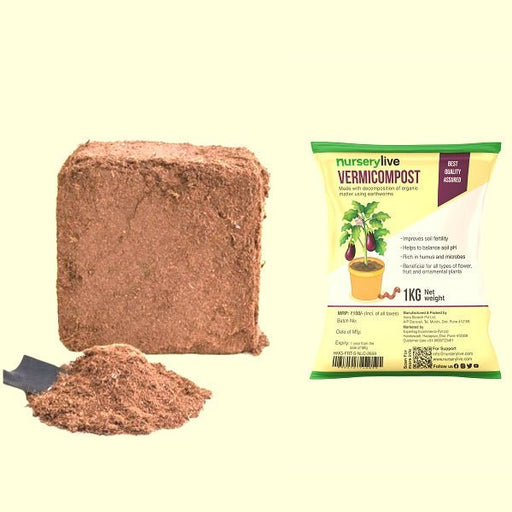 Save 27%
Save 27%
Combo of 2 Vermicompost and Cocopeat - Enrich Your Soil Naturally! Transform your garden into a thriving ecosystem with our Combo of 2 Ver...
View full details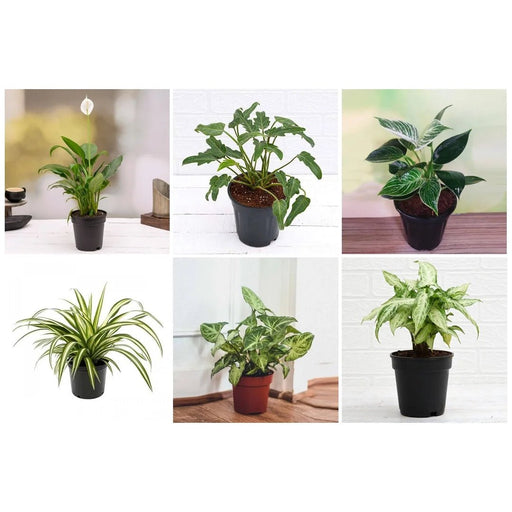
 Save 35%
Save 35%
Best 6 Plants for Perfect Indoor Garden Transform your living space into a lush oasis with our curated collection of the Best 6 Plants for a...
View full details
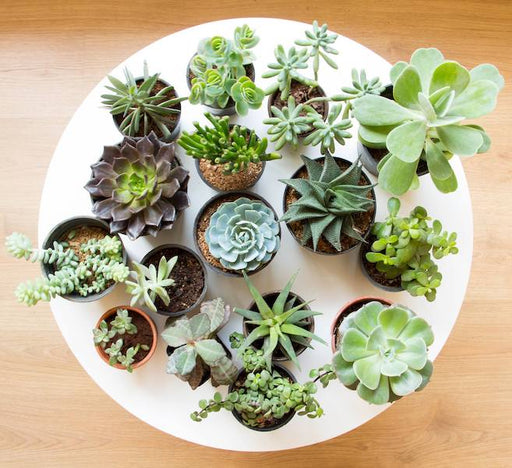 Save up to 50%
Save up to 50%
Mini Succulent Garden Pack Transform your space with our Mini Succulent Garden Pack, featuring a delightful collection of 4 any variety beautiful s...
View full details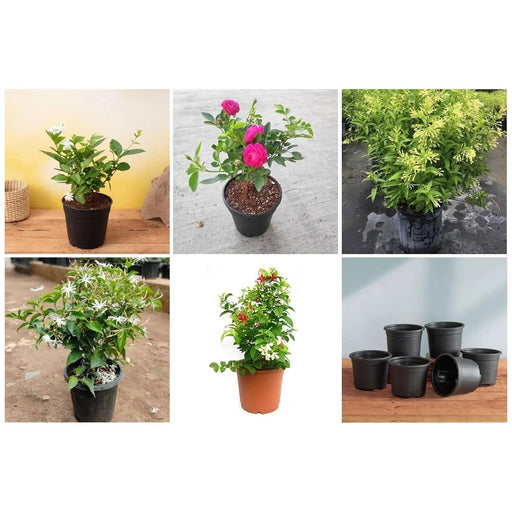
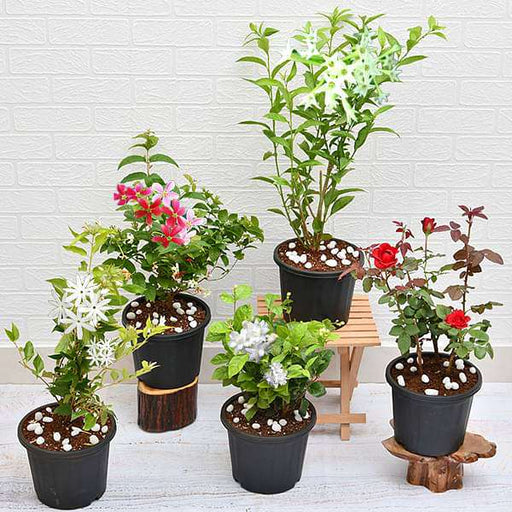 Save 30%
Save 30%
5 Best Fragrant Plants Transform your garden or indoor space into a fragrant paradise with our curated selection of the 5 Best Fragrant Plants. Th...
View full details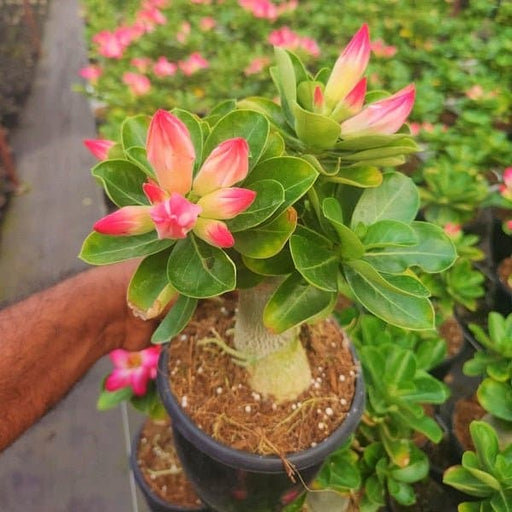
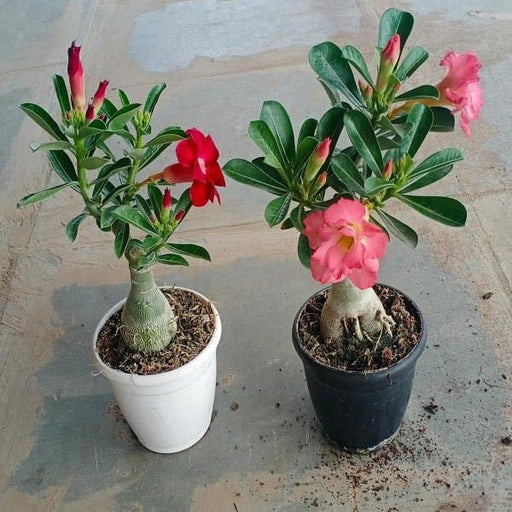 Save 24%
Save 24%
Set of 2 Bonsai Looking Grafted Adeniums Transform your indoor or outdoor space with our exquisite Set of 2 Bonsai Looking Grafted Adenium...
View full details Save 45%
Save 45%
Top 4 Die Hard Succulents Pack Transform your indoor or outdoor space with our Top 4 Die Hard Succulents Pack, featuring a curated selecti...
View full details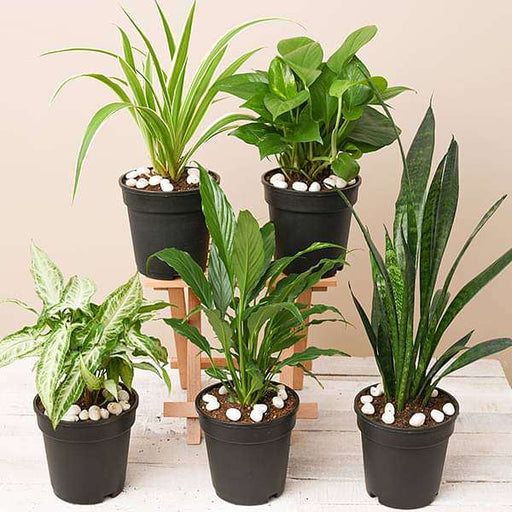
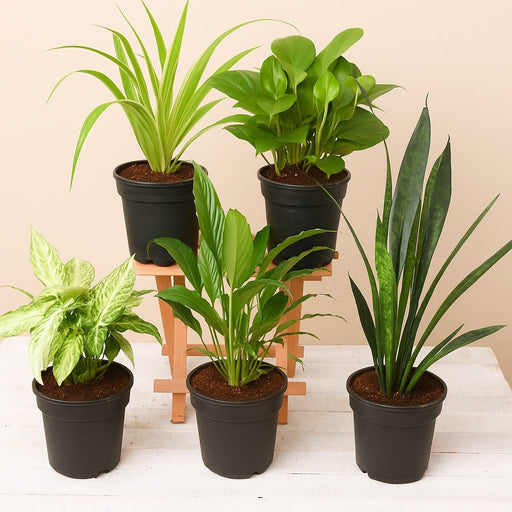 Save 30%
Save 30%
5 Best Indoor Plants Pack Transform your living space into a lush oasis with our '5 Best Indoor Plants Pack.' This carefully curated collection fe...
View full details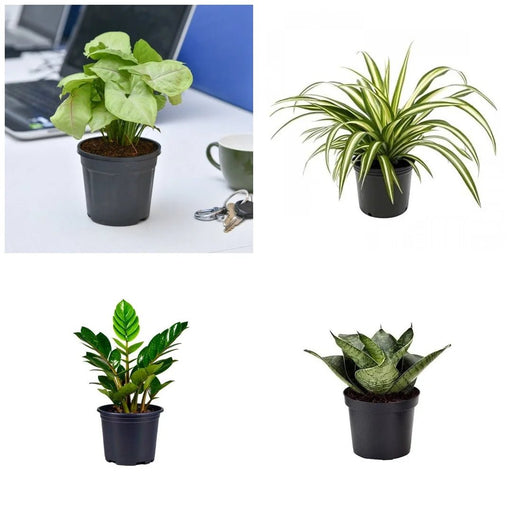
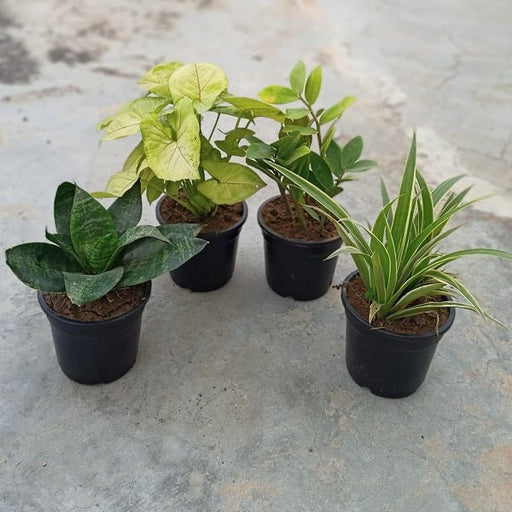 Save 25%
Save 25%
Set of 4 Evergreen Air Purifier Plant Pack Transform your indoor space into a lush, green oasis with our Set of 4 Evergreen Air Purifier Pla...
View full details| SrNo | Item Name |
|---|---|
| 1 | Juglans cinerea - Plant |
Juglans cinerea, commonly known as the Butternut or White Walnut, is a deciduous tree native to North America. This remarkable species is known for its distinctive, elongated nuts and beautiful, serrated leaves. The Butternut tree can grow up to 60 feet tall, making it a stunning addition to any landscape. Its wood is prized for its strength and rich color, while its nuts are a delicious and nutritious food source.
Juglans cinerea is not just another tree; it plays a vital role in its ecosystem. The Butternut tree supports various wildlife, providing food and habitat for birds and mammals. Additionally, its nuts are rich in omega-3 fatty acids, making them a healthy snack option. The Butternut tree is also valued for its unique wood, which is used in fine furniture and cabinetry.
This tree is particularly special due to its resistance to certain pests and diseases, making it a resilient choice for gardeners. Its striking appearance, with a broad crown and attractive bark, adds aesthetic value to any garden. Furthermore, the Butternut tree is a great choice for reforestation efforts, contributing positively to the environment by improving air quality and supporting biodiversity.
If you’re looking for a tree that’s not just a pretty face, Juglans cinerea, or the butternut tree, is your go-to. This tree doesn’t just stand there looking majestic; it offers a bounty of benefits. From its delicious nuts that can make your brownies the talk of the town to its wood that’s prized for furniture, this tree is a multitasker. Plus, it’s a natural air purifier, so you can breathe easy knowing your butternut buddy is working hard for you. Who knew a tree could be so generous?
Caring for your Juglans cinerea is like raising a child—except it doesn’t throw tantrums. This tree thrives in well-drained soil and loves a sunny spot, so make sure it’s not stuck in the shade like a wallflower at a dance. Water it regularly, especially in its early years, and watch out for pests like the butternut canker. With a little TLC, your butternut tree will grow up strong and healthy, ready to provide shade and snacks for years to come.
If you’re impatient for instant gratification, Juglans cinerea might just test your patience. This tree has a moderate growth rate, typically adding about 1 to 2 feet per year. It’s not a speed demon like some other trees, but it’s not a sloth either. Think of it as the tortoise in the race—slow and steady wins the day. With time, your butternut tree will reward you with a stunning canopy and a nutty harvest that’ll make the wait worthwhile.
Juglans cinerea is a tree that knows how to pick its friends. Native to North America, it prefers rich, moist soils and can often be found near rivers and streams. It’s like the social butterfly of the tree world, thriving in communities where it can mingle with other flora. So, if you’re planning to plant one, consider creating a little woodland party in your backyard. Just make sure it has enough space to spread its branches and show off its leafy charm.
Every tree has its enemies, and for Juglans cinerea, the butternut canker is the villain of the story. This fungal disease can be a real party pooper, causing cankers on the bark and potentially leading to tree decline. But fear not! Regular inspections and good cultural practices can keep your tree healthy and happy. Think of it as giving your tree a spa day—who doesn’t love a little pampering to fend off the bad guys?
The uses of Juglans cinerea are as diverse as a Swiss Army knife. Its nuts are not just tasty; they’re also packed with nutrients, making them a favorite among health enthusiasts. The wood is a dream for carpenters, known for its beautiful grain and durability. And let’s not forget its role in traditional medicine—this tree has been used for centuries to treat various ailments. So, whether you’re snacking on its nuts or crafting a masterpiece from its wood, this tree has got you covered.
Propagating Juglans cinerea is like playing matchmaker for trees. You can start from seeds or take cuttings, but seeds are the most popular choice. Just remember, patience is key! Soak those seeds for a day, plant them in a sunny spot, and keep the soil moist. Before you know it, you’ll have a little butternut sapling ready to take on the world. It’s like raising a tiny tree superhero—just don’t forget to give it a name!
Juglans cinerea is a bit of a soil snob. It prefers well-drained, loamy soils that are rich in organic matter. Think of it as the tree equivalent of a five-star restaurant—no fast food for this guy! If your soil is too sandy or clay-heavy, consider amending it with compost to create a more hospitable environment. With the right soil, your butternut tree will thrive and reward you with a lush canopy and delicious nuts.
If you’re considering adding Juglans cinerea to your garden, make sure you live in the right climate. This tree loves temperate zones and can handle cold winters, but it’s not a fan of extreme heat. Ideally, it thrives in USDA zones 3 to 7, where it can enjoy a balanced climate. So, if you’re in a tropical paradise, you might want to look elsewhere. But for those in the right zone, this tree will be a delightful addition to your landscape.
Juglans cinerea is a social tree that enjoys the company of certain plants. Consider pairing it with other native species like oaks or maples, which can create a harmonious ecosystem. Just avoid planting it near black walnuts, as they can be a bit too possessive with their juglone toxin. Think of it as a tree version of “The Odd Couple”—some trees just don’t get along. With the right companions, your butternut tree will flourish in a vibrant garden community.
Harvesting Juglans cinerea nuts is like a treasure hunt, but with a bit of finesse. Wait until the husks turn brown and start to split, then gather those precious nuts before the squirrels beat you to it. It’s a race against time, but the reward is worth it. Once harvested, you can enjoy them raw, roasted, or in your favorite recipes. Just remember to share a few with your friends—after all, what’s a treasure hunt without a little camaraderie?
Juglans cinerea, commonly known as the butternut tree, is a deciduous tree native to North America. It’s famous for its delicious, buttery nuts and beautiful, light-colored wood. Think of it as nature’s snack bar and lumberyard rolled into one!
Juglans cinerea can reach heights of 50 to 75 feet, making it a towering presence in your garden. It’s like the gentle giant of the forest, providing shade and a cozy home for wildlife. Just be prepared for a little neck strain when you look up!
Juglans cinerea thrives in well-drained, loamy soil with a pH of 6.0 to 7.5. It’s a bit of a soil snob, preferring a mix that’s not too sandy or clay-heavy. Think of it as the Goldilocks of trees—looking for that perfect balance!
Juglans cinerea typically starts producing nuts around 4 to 6 years after planting. Patience is key, as these trees take their sweet time to mature. But once they do, you’ll be rewarded with a nutty harvest that’s worth the wait!
Caring for Juglans cinerea involves regular watering, especially in dry spells, and occasional pruning to maintain shape. It’s like giving your tree a spa day—just don’t forget to keep the pests away, or they’ll crash the party!
While Juglans cinerea has some resistance to pests, it’s not invincible. Watch out for aphids and walnut husk flies, who think they’re VIP guests. Regular inspections and a little neem oil can help keep these uninvited guests at bay!
Juglans cinerea prefers to stretch its roots in the ground rather than in a container. While you could try it in a large pot, it’s like putting a giraffe in a doghouse—just not ideal! Better to give it room to roam!
The wood of Juglans cinerea is prized for its light color and workability, making it perfect for furniture and cabinetry. It’s like the versatile actor of the wood world—great in any role, from rustic to refined!
Juglans cinerea isn’t exactly a desert dweller; it prefers consistent moisture. While it can handle short dry spells, prolonged drought will have it sulking. Think of it as a tree that enjoys a good drink—just not too much!
Propagating Juglans cinerea is best done through seeds or grafting. Just remember, seeds need a cold stratification period to wake up from their slumber. It’s like giving them a winter vacation before they start their new life!
Juglans cinerea is a wildlife magnet! Squirrels, birds, and even deer love to hang around for the nuts and shade. It’s like hosting a nature party—just be ready for some furry guests who might nibble on your garden!
Juglans cinerea can adapt to urban environments, but it prefers a bit of space. It’s not a fan of cramped quarters, so ensure it has room to grow. Think of it as the tree version of a free spirit—loving the open air!